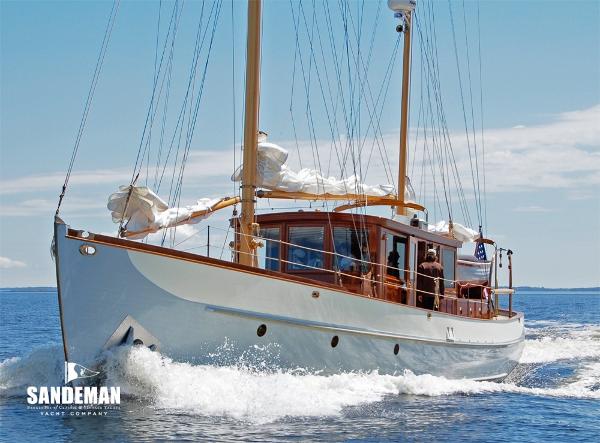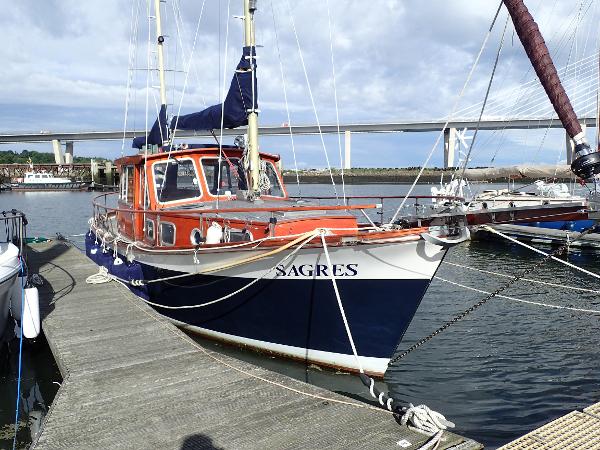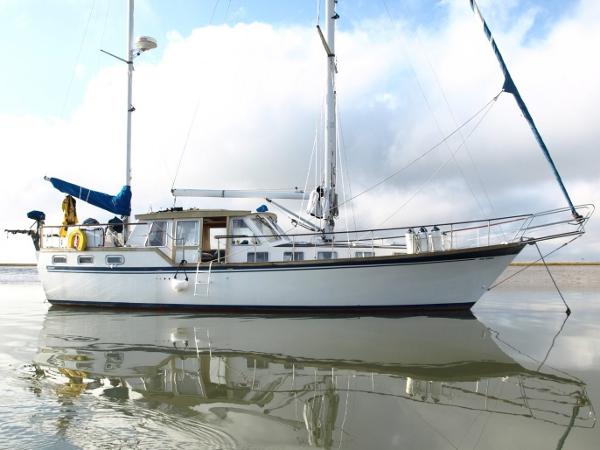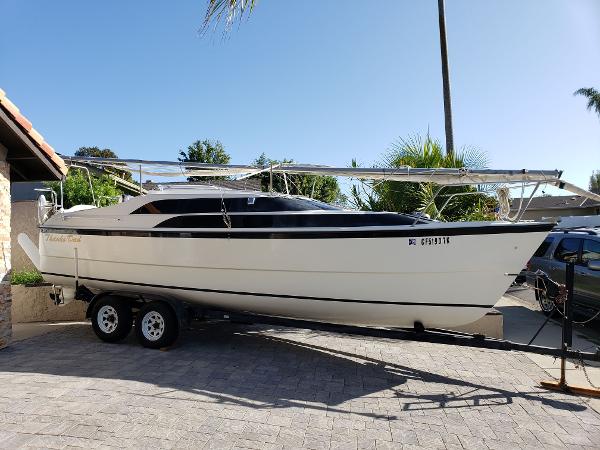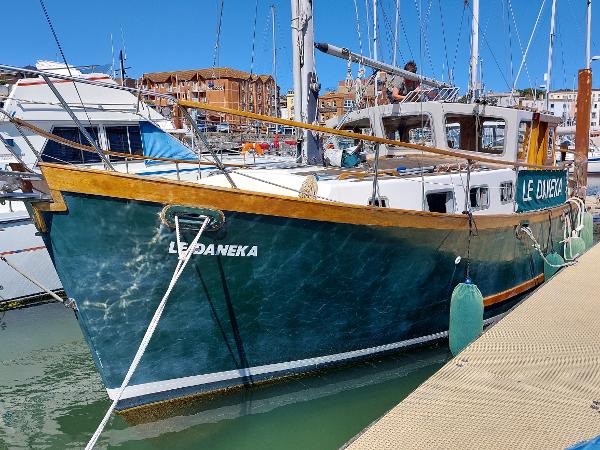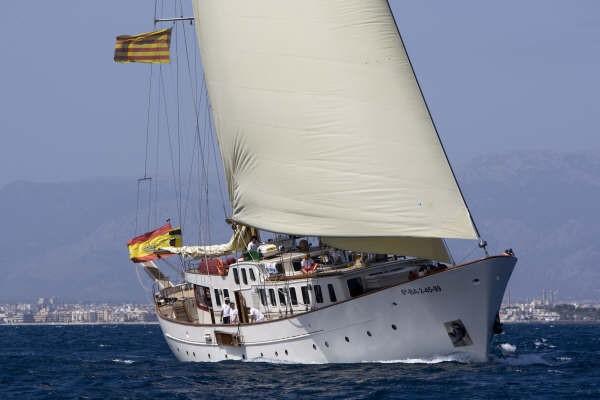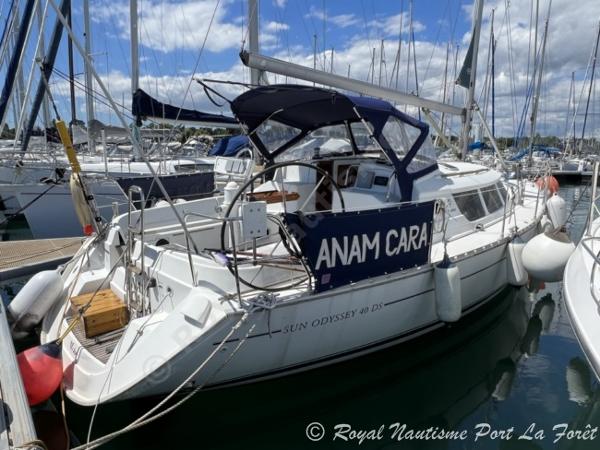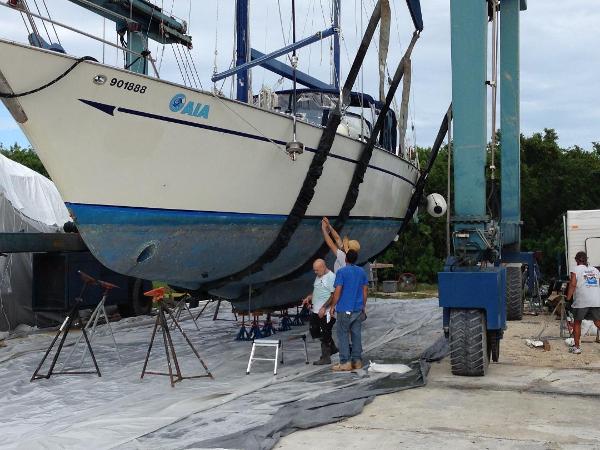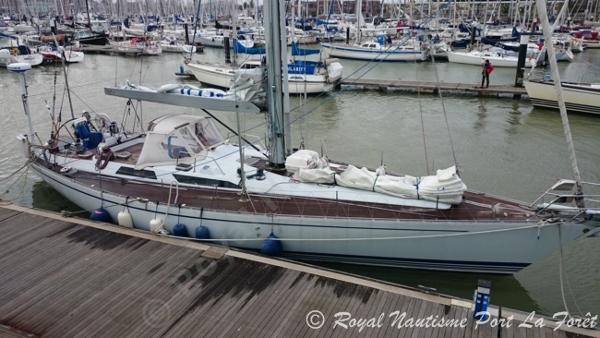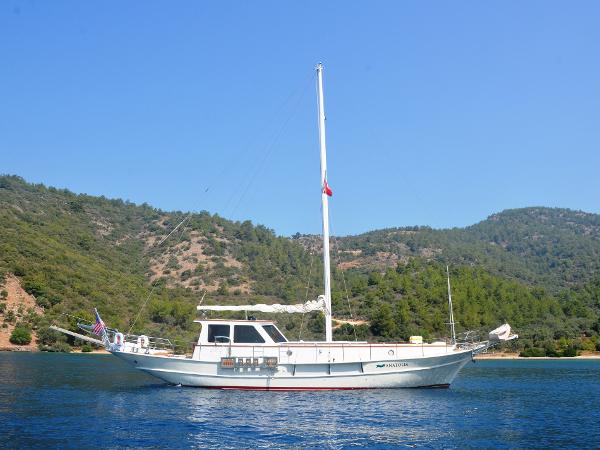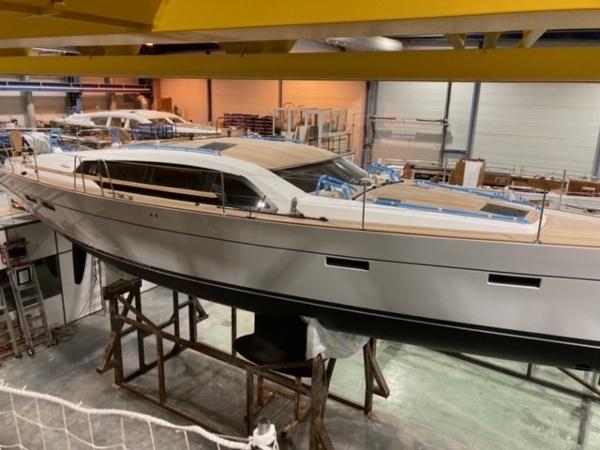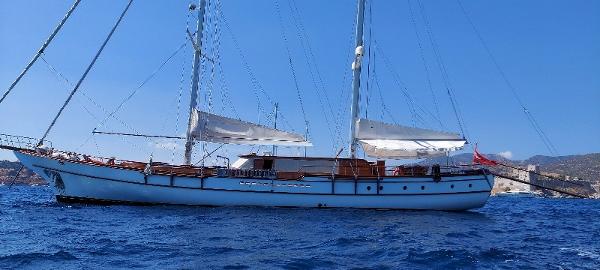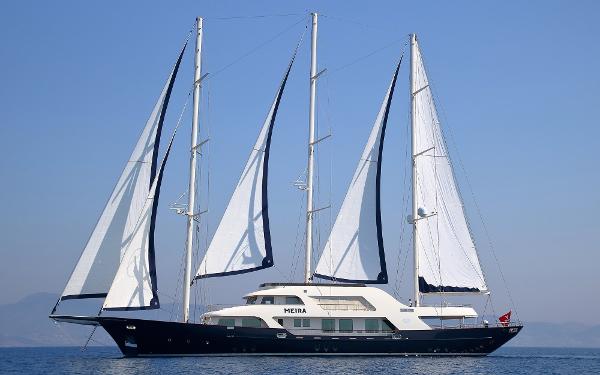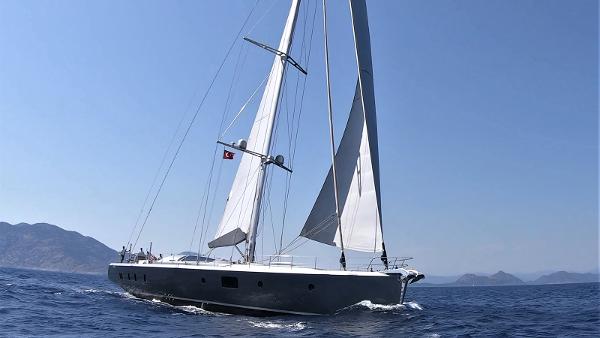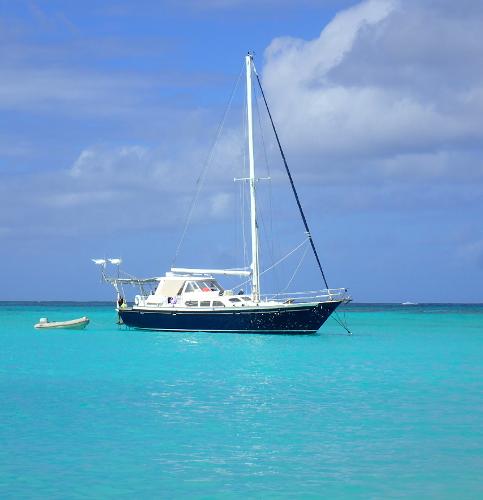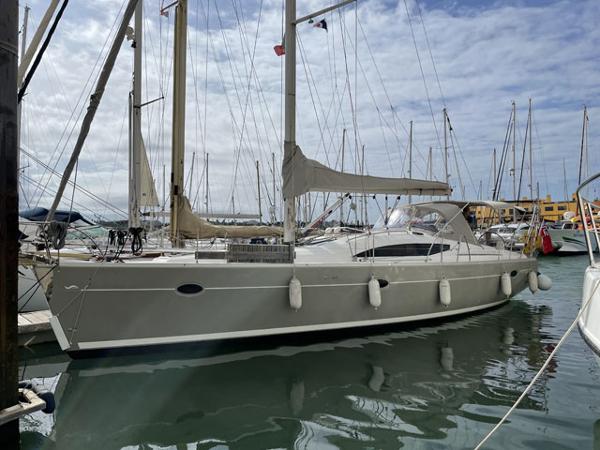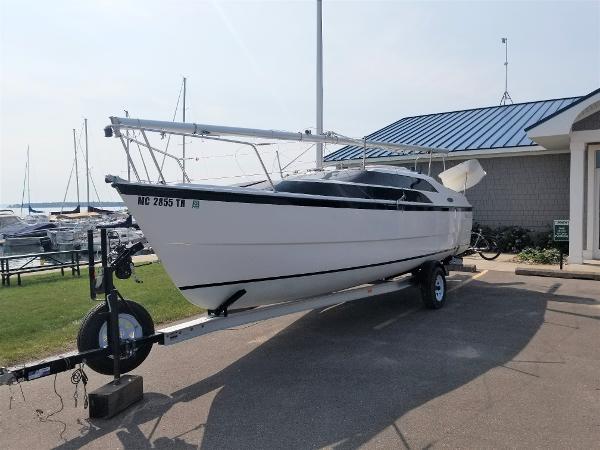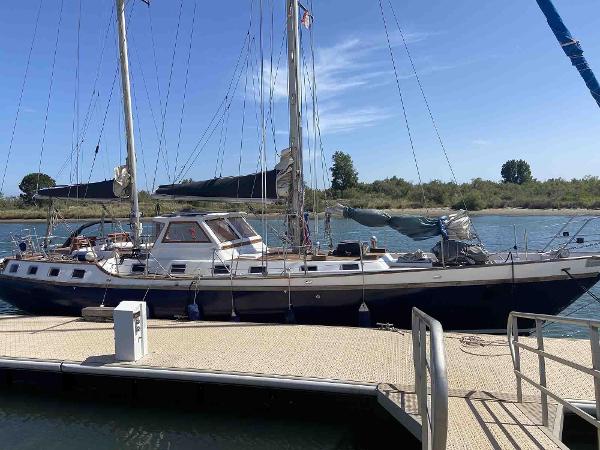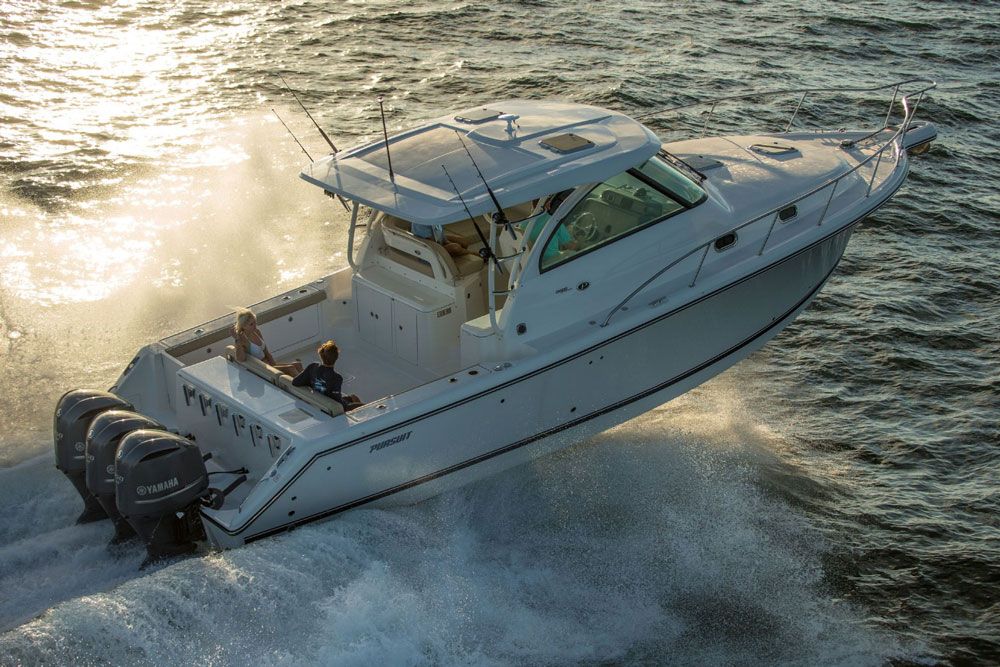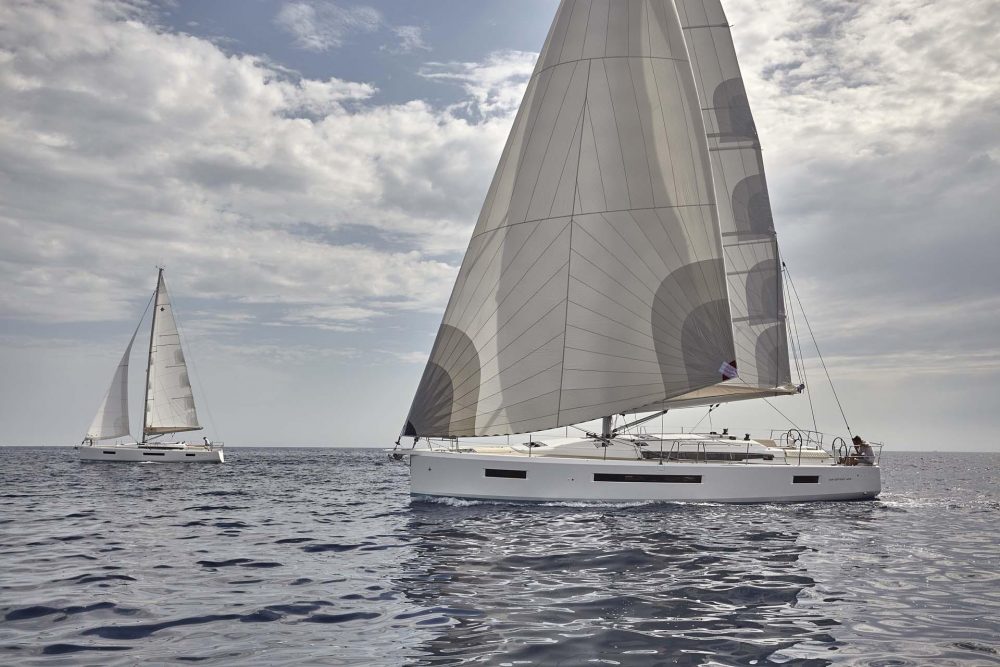Motorsailer (sail) boats for sale
-
Advertisement
-
Advertisement
-
Advertisement
-
-
Advertisement
Contact Seller
XMotorsailer (Sail)
Ideal for overnight cruising and day sailing these Motorsailer (Sail) boats vary in length from 22ft to 163ft and can carry 1 to 49 passengers. There are a wide range of Motorsailer (Sail) boats for sale from popular brands like MacGregor, Cheoy Lee and Fisher with 18 new and 254 used and an average price of $142,708 with boats ranging from as little as $5,164 and $10,056,889.
Motorsailers
Sailboats and powerboats are quite different, but one type of boat that attempts to split the difference between the two is the motorsailer. Motorsailers have large engines, like a powerboat, but they also have a mast and rigging and can get by on nothing but a breeze. True, most sailboats do have engines. But the difference is that they’re designed purely as a back-up and for close-quarters maneuvering. In the case of motorsailers the engines are intended to push the boat along at displacement speeds similar to those of traditional trawlers.
In order to be useful for both powering and sailing, many modifications must be made to the hull design—which incorporates some key elements of both powerboats and sailboats. The beam is usually wider than it would be for a sailboat (especially aft, to both support the weight of a larger engine and prevent squatting when power is applied), freeboard is higher, and the boat often has an enclosed helm station for all-weather use. The inboard drive unit protrudes through the keel, which may be shallower than on a pure sailing vessel. And much more space is dedicated to fuel tankage, to increase the boat’s range when operated under power.
Many people believe that a boat which is half powerboat and half sailboat is only half as good at either one use. There’s some truth to the assertion, but most motorsailer owners would argue that it’s closer to 75-percent for each. Though that wide stern and heavy displacement isn’t ideal for sailing, some motorsailers still in a respectable manner. And although the big keel might slow you down, most motorsailers can still chug along at decent speeds. If you want both a powerboat and a sailboat and you can’t decide on one or the other, a motorsailer might just be the ideal pick for you.
